Search
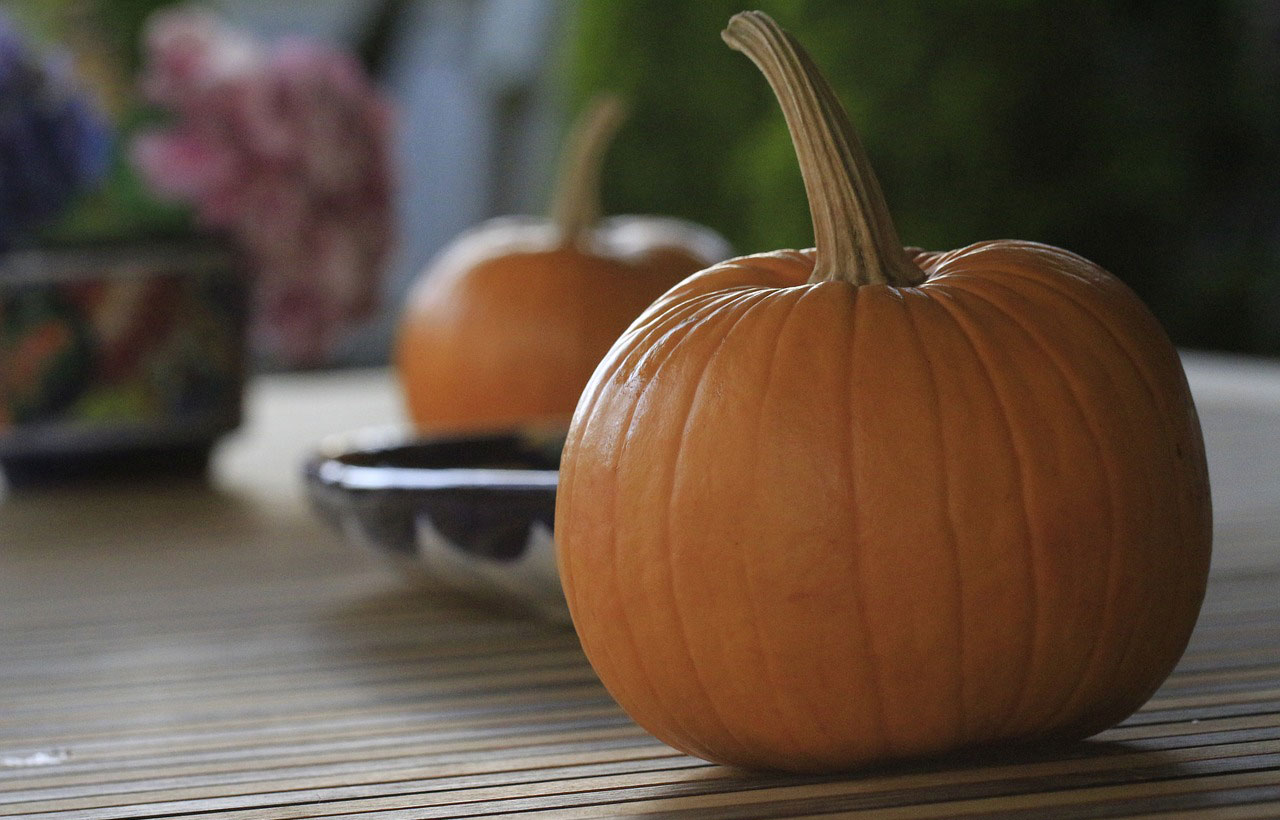
Preserving Pumpkin
Pumpkins are a staple for the fall season. They can often be seen used to decorate homes or for carving jack-o'-lanterns, but they’re great to eat or can for later too!
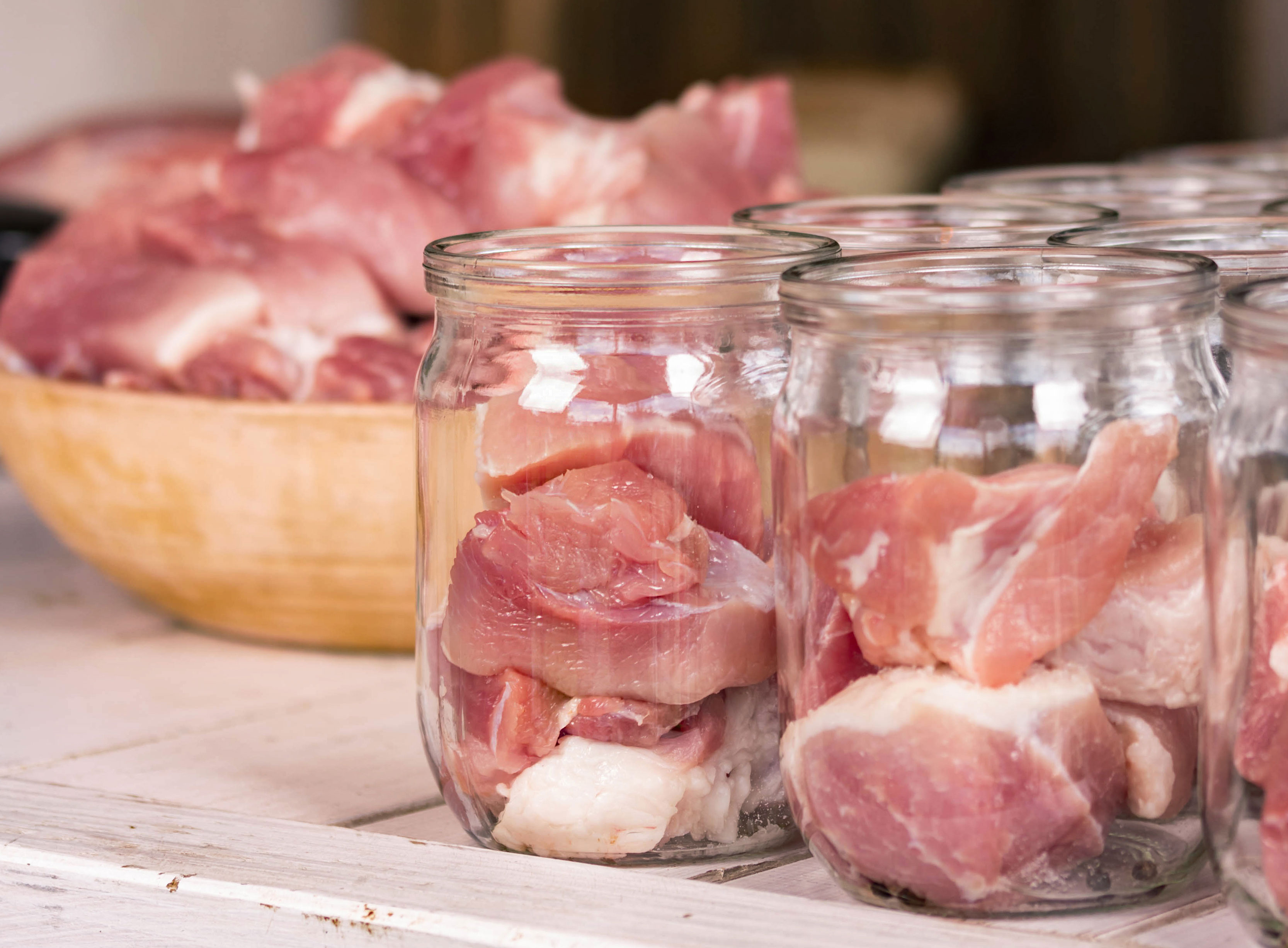
Canning Meats and Poultry
Canning is a great method to preserve and extend shelf life for many types of foods, including meat products. Using safe preparation and storage practices allows for anyone to store nutritious, high-quality protein.

Canning Fish
Canning is a great method to preserve and extend shelf life for many types of foods, including fish and seafood products. Using safe preparation and storage practices allows for anyone to store nutritious, high-quality protein.
COVID-19 and Livestock: Is there a connection?
When reports of the COVID-19 pandemic first hit the US, very few people had likely heard of coronaviruses—with some notable exceptions: cattle producers and their veterinarians.
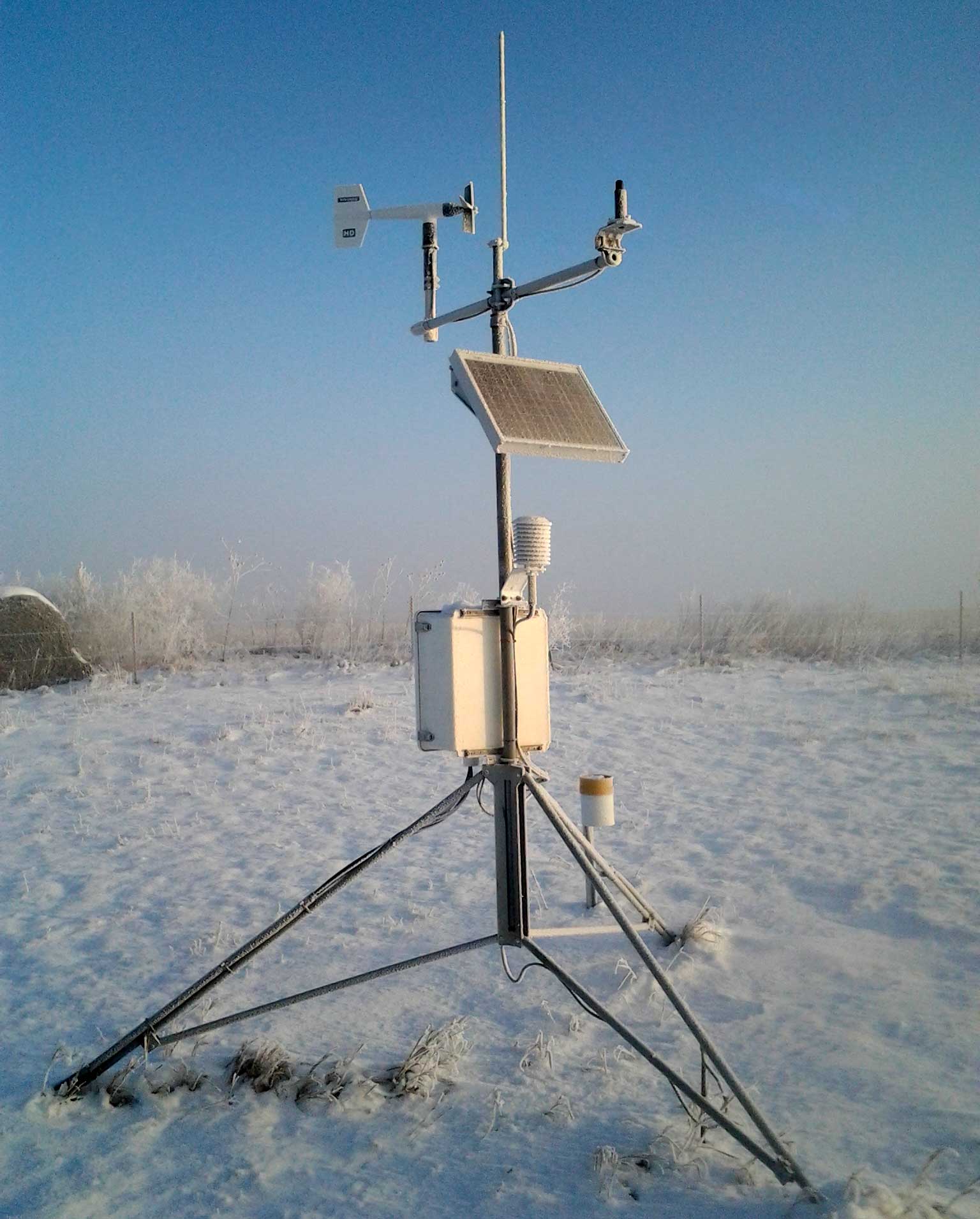
SDSU Extension and South Dakota Mesonet team up to release the Livestock Stress Tool
November 18, 2021
Weather conditions in the Northern Plains can present many challenges for livestock producers. Farmers and ranchers need to be prepared for rapidly changing conditions to provide the best care for their livestock and minimize their risk of losses.
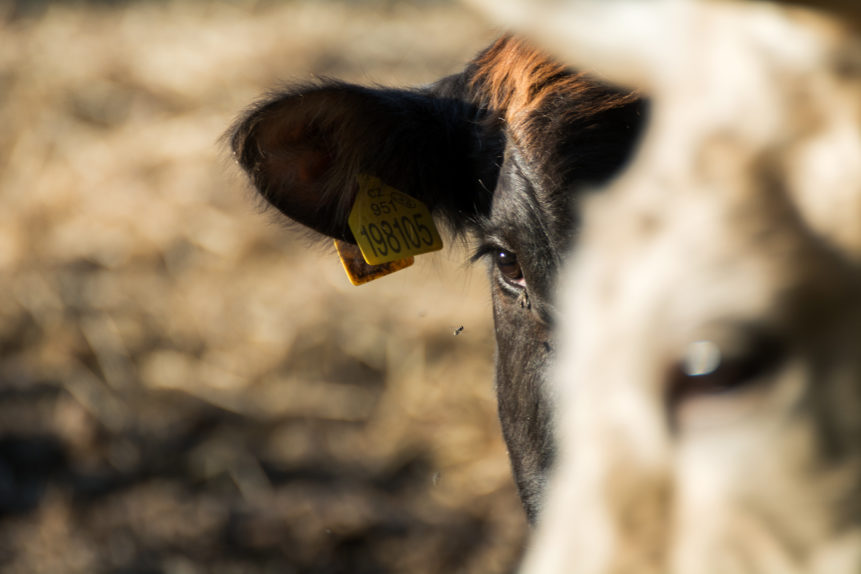
Testing Your Beef Cattle for Bovine Viral Diarrhea Virus
Bovine Viral Diarrhea Virus (BVDV) is among the most important pathogens affecting today’s beef and dairy cattle operations. Associated with reproductive, digestive, and respiratory illnesses in cattle, the virus can also create a congenital, persistent infection in calves, greatly aiding the virus’ spread within and between herds.

Livestock Stress Tool
Weather conditions in the Northern Plains can present more than a few challenges for livestock producers. From below zero or blizzard conditions during winter or even spring, to heat waves in the summer months, farmers and ranchers need to be prepared for rapidly changing conditions to provide the best care for their livestock and minimize their risks of losses.
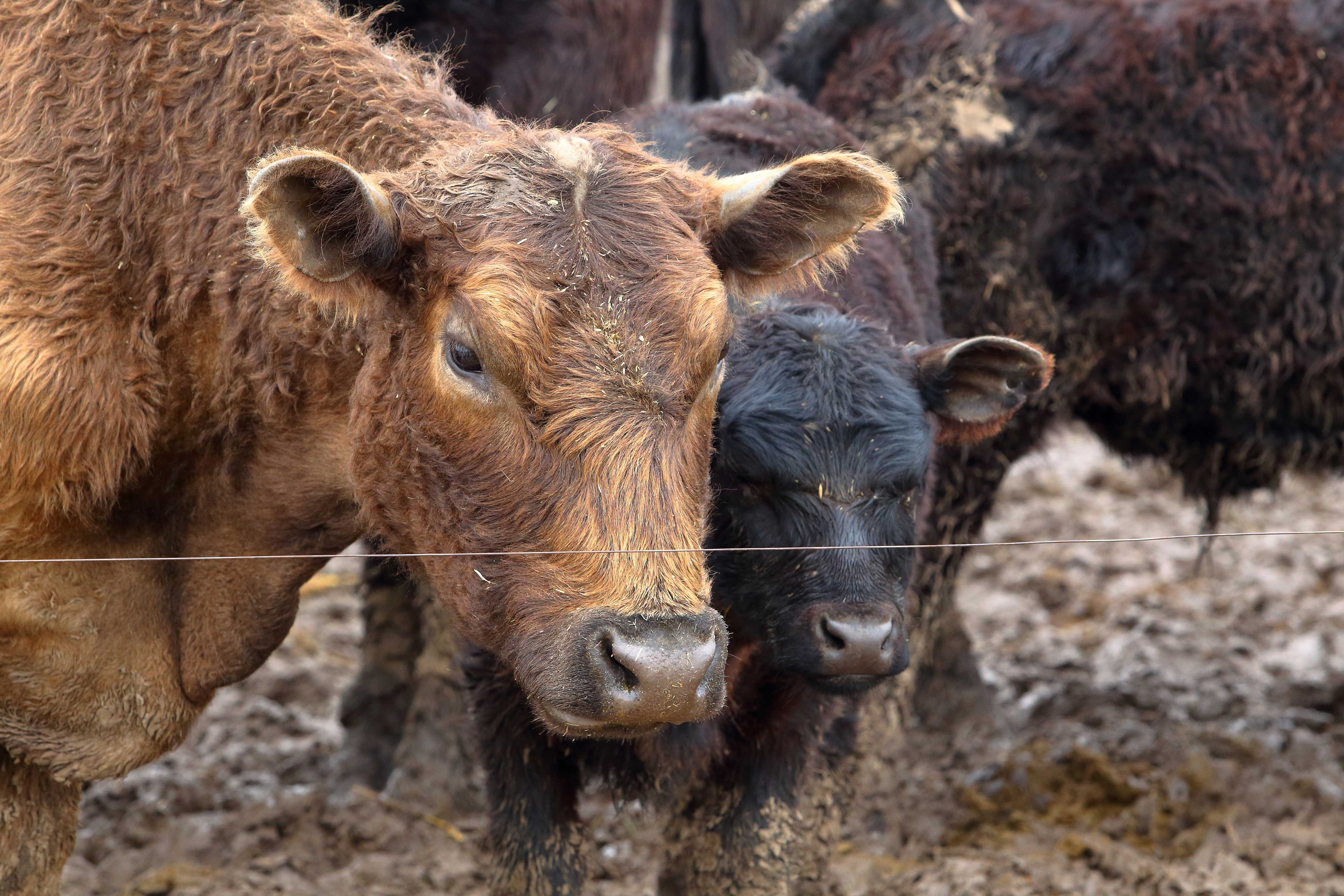
Notes From the ADRDL: Yersinia Infections in Beef Cattle
Of all the germs associated with cattle illnesses, a pathogen that’s not one of the usual suspects has been identified in several cases of cattle death losses in Eastern South Dakota.

Impacts of Drought on Soil, Water, Forage and Livestock Grazing Systems
Grazing systems are complex, because soil, water, forage and livestock components are interconnected and affect each other. Producers can put themselves back in the driver’s seat by developing annual systems-level grazing plans for favorable and unfavorable situations.

Attending World Pork Expo? Consider Biosecurity
The World Pork Expo will return to the Iowa State Fair June 9–11, 2021. Pork producers and production employees must always be vigilant about biosecurity, especially when visiting industry events.